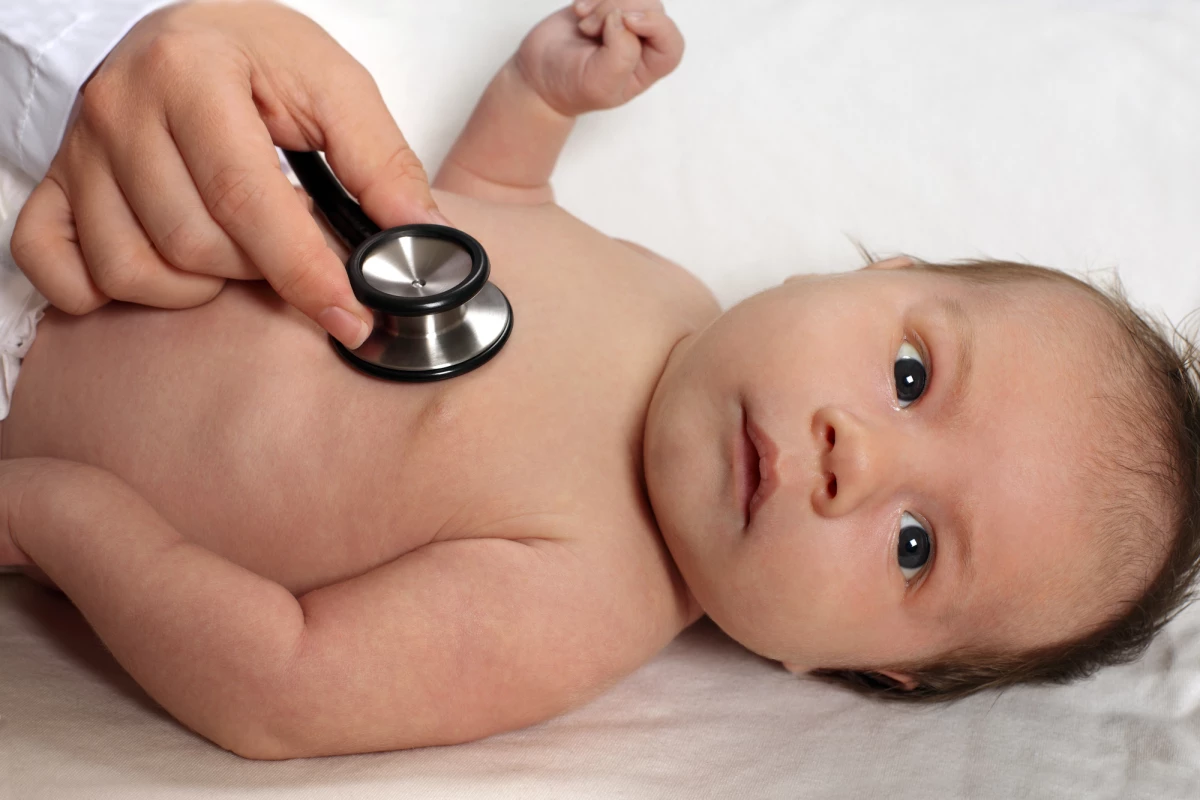Researchers have developed a biodegradable patch engineered from human cells that could one day be used to correct infant congenital heart defects, limiting the need for multiple invasive surgeries and outlasting current non-living, non-degradable patches.
Globally, congenital heart defects (CHD) affect around nine in every 1,000 babies born. CHD refers to a group of defects present at birth that are caused by the heart not developing properly during pregnancy. While simple defects often don’t need treatment, some complex defects require invasive surgeries performed over a period of years, usually starting in the first year of life.
Several of these surgeries require the implantation of a heart patch, currently made from non-living, non-degradable materials that don’t grow with the patient’s heart and are prone to fail due to an inability to integrate with the heart tissue. To address these issues, researchers at the University of Colorado (CU) Anschutz Medical Campus have developed a biodegradable patch made from the patient’s own cells that is designed to correct CHD, limit invasive surgeries, and outlast current patches.
“The ultimate goal is to make lab-grown heart tissue from a patient’s own cells that can be used to restructure the heart to correct for heart defects,” said Jeffrey Jacot, the corresponding author of the study. “Any patches that are not replaced by healthy tissue prior to their degradation will inevitably fail and lead to long-term complications.”
Engineering myocardial tissue presents some unique challenges. First, the heart is structurally asymmetrical and has limited regenerative capacity and massive metabolic demands. Second, scaffolds used to repair full-thickness heart defects must meet the challenge of a harsh mechanical environment that includes high pressures, cyclical strain, and direct contact with blood. And third, tissue-engineered patches must be functional from the moment they’re implanted.
With these challenges in mind, the researchers used electrospinning – the creation of nanofibers by the application of electricity to a liquid solution – to create a thick, porous scaffold out of biodegradable polycaprolactone (PCL) and filled it with fibrin, a protein that’s a major component of blood clots. The scaffold was then seeded with human induced pluripotent stem cells (iPSC), which, after three weeks, were observed to be more than halfway through the scaffold. Additionally, the scaffold supported spontaneously contracting iPSC-derived cardiomyocytes and fostered tissue thickening.
“The scaffold was found to be mechanically sufficient for heart wall repair,” Jacot said. “Vascular cells were able to infiltrate more than halfway through the scaffold in static culture within three weeks.”
While the patch requires further testing before being trialed in humans, the researchers are optimistic that it will be critical to the development of new treatments for CHD and other cardiac conditions.
“This is the first successful demonstration of a very thick, porous electrospun patch specifically for cardiac tissue engineering,” said Jacot.
The study was published in the journal Materials Today.
Source: CU Anschutz





